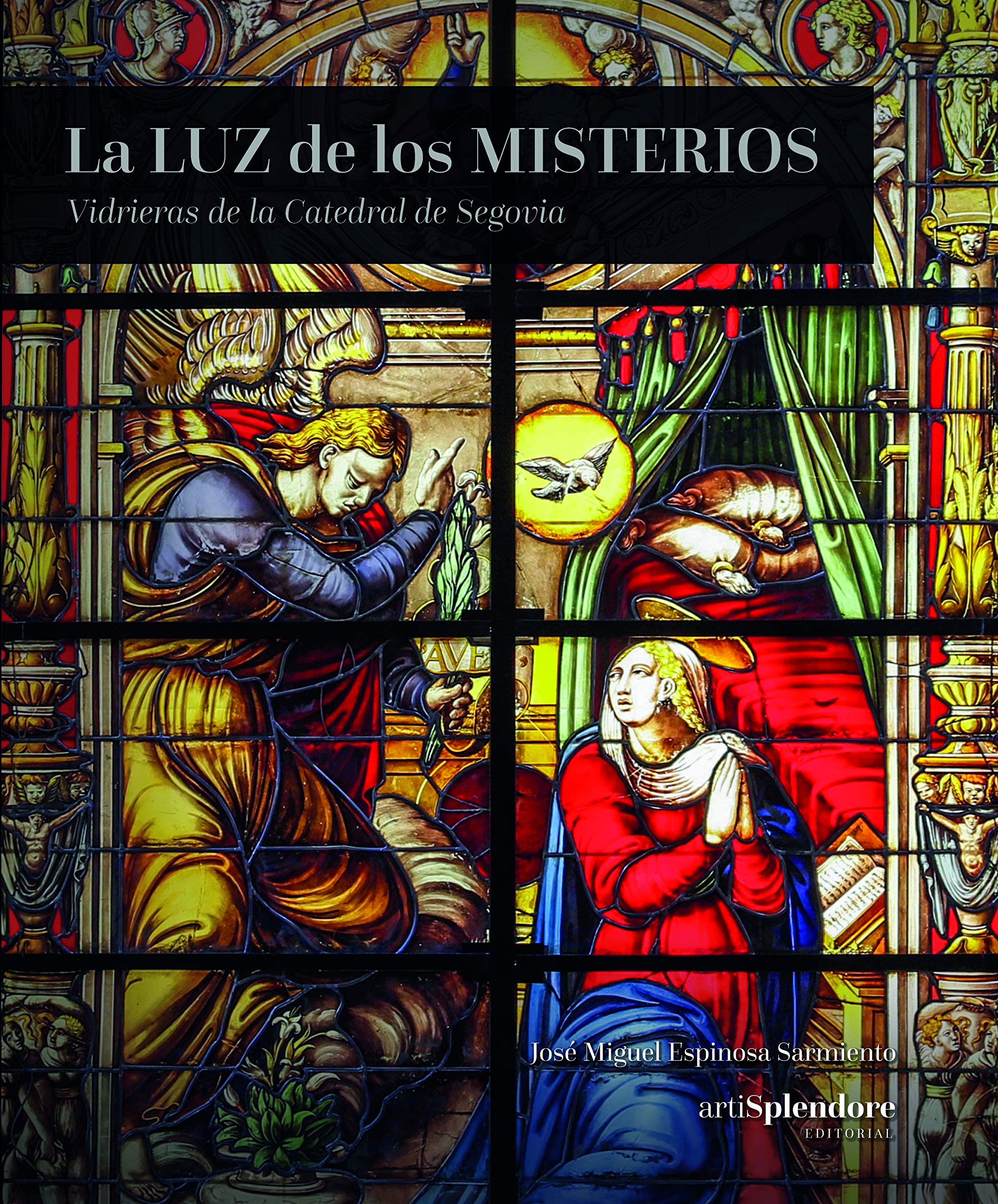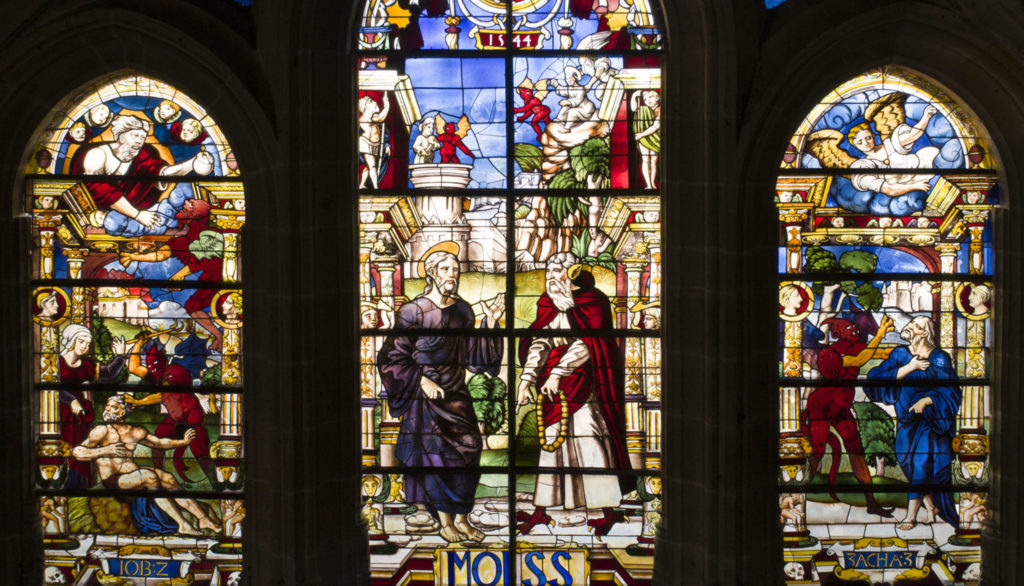We live in a new digital era, in which images are largely replacing the written word as a method of learning. But while the technology may be new, this pedagogy is by no means new. In a world where only a part of the population knew how to read, from the Middle Ages onwards the temples took on the task of catechesis through images. If in the Romanesque, in addition to sculpture, this was done mainly with mural paintings, in the Gothic it was transferred to stained glass, with the advantage for us that these are much better preserved. And, as it could not be otherwise, the stained glass windows of the cathedrals stand out by far - for their number and quality.
The cathedral of Segovia is one of the best examples of this catechesis of the image. Its late Gothic style leaves many spaces for the stained glass windows. At the same time, the date of its completion meant that the stained glass windows are of a later style -mainly Mannerist-, with the consequent improvement in the quality of the images and the leaded glass. And Segovia took good advantage of it, with a significant economic effort for the time. In its windows we find a magnificent journey through the Old Testament, through the life of the Lord, through the figure of the Virgin Mary, through a selection of the Fathers of the Church (the representation of Tradition could not be missing at a time of counter-reformation).
Book

This book, authored by José Miguel Espinosa, canon of the cathedral of Segovia, is an open door to the detailed examination of all that wealth enclosed in its stained glass windows. Its main success, as noted in his prologue the Bishop of Segovia, D. Cesar Franco, is that it does not focus on the historical and artistic study of the same, although not lacking the corresponding references, but in its meaning and what they want to convey. In other words, Espinosa recreates the catechesis that was intended to be given with the images and, in doing so, provides the most substantial part of their historical value.
One by one, the images parade through its more than 150 pages, with color photographs of very good resolution (some of them needed the help of a drone to obtain the required quality). And, next to each one, its explanation, its teaching, its meaning, not only as a singular work but also in its role within the whole.
Those who get their hands on a copy, especially if they acquire it during a leisurely visit to this magnificent cathedral, will be able to learn - and take away with them - not only a historical explanation of the stained glass windows and their value, but above all a catechesis, which, added together, turns out to be surprisingly complete.








